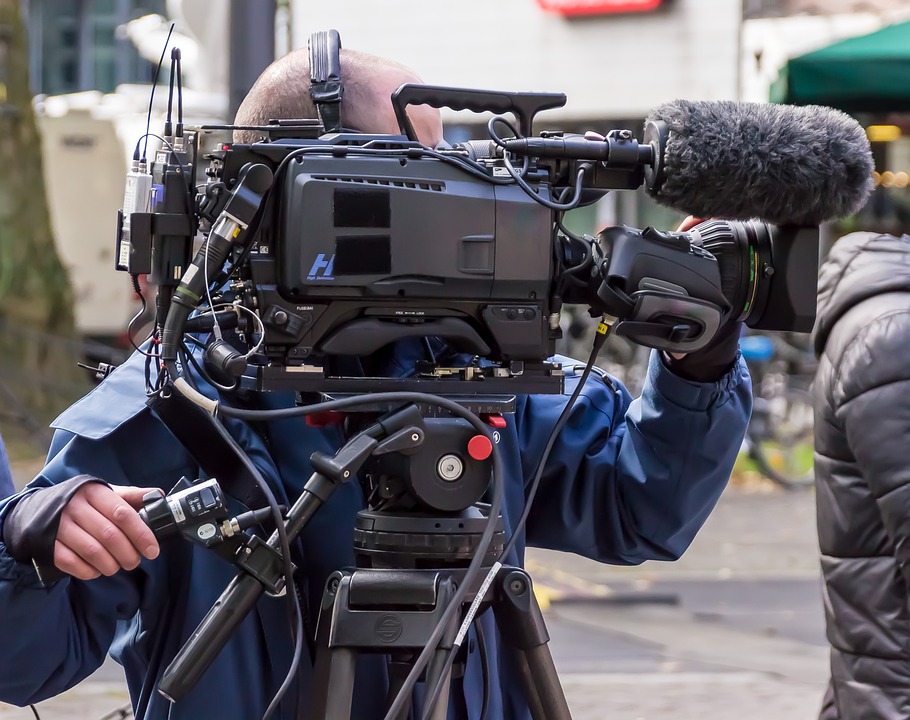Producing a successful film involves a complex and collaborative process that requires the coordination of various elements, from writing the script to the final editing and distribution of the movie. In this article, we will explore the anatomy of a successful film production, from script to screen.
Pre-production
Before a film production can begin, there are several key steps that need to be taken during the pre-production phase. This stage involves planning and organizing the various aspects of the production, including securing funding, casting actors, scouting locations, and creating a shooting schedule.
One of the most important elements of pre-production is writing the script. The script serves as the blueprint for the entire film, outlining the story, characters, dialogue, and action sequences. A well-written script is essential for capturing the audience’s attention and creating a compelling narrative.
Casting
Casting the right actors for the roles in a film is crucial for the success of the production. The casting process involves holding auditions, selecting actors, and negotiating contracts. A talented and experienced cast can bring a script to life and help create a memorable and engaging film.
Location Scouting
Choosing the right locations for filming is another important aspect of pre-production. Location scouting involves visiting potential filming sites, assessing their suitability for the production, and obtaining any necessary permits or permissions. The right location can enhance the visual appeal of a film and contribute to the overall atmosphere and mood of the story.
Production
Once pre-production is complete, the production phase of the film begins. This stage involves actually filming the scenes outlined in the script, working with actors and crew members, and managing the logistics of the production.
Direction
The director plays a key role in overseeing the production and ensuring that the vision of the film is realized. The director works closely with the cast and crew to bring the script to life, making creative decisions about performance, camera angles, and pacing. A strong directorial vision is essential for creating a cohesive and visually compelling film.
Cinematography
Cinematography is another important aspect of film production, involving the art and technique of capturing images on film or digital media. The director of photography (DP) works with the director to create the visual style of the film, choosing camera angles, lighting setups, and lens choices to enhance the mood and tone of each scene. Cinematography is a key element in creating a visually stunning and immersive cinematic experience.
Post-production
After filming is complete, the post-production phase of the film begins. This stage involves editing the footage, adding visual effects and sound design, and preparing the final version of the film for distribution.
Editing
Editing is the process of selecting and arranging the footage to create a cohesive narrative. The editor works closely with the director to assemble the scenes, add special effects, and adjust the pacing and rhythm of the film. Editing plays a crucial role in shaping the final product and refining the storytelling.
Sound Design
Sound design involves creating and editing sound effects, music, and dialogue to enhance the emotional impact of the film. A skilled sound designer can create a rich and immersive audio experience that complements the visual elements of the film. Sound design is an important aspect of post-production that can greatly enhance the overall quality of the film.
Distribution
Once post-production is complete, the final step in the film production process is distribution. This stage involves securing a distribution deal, marketing the film to audiences, and arranging for screenings in theaters or on streaming platforms.
Marketing
Marketing plays a crucial role in the success of a film, helping to build awareness and generate buzz leading up to its release. A well-executed marketing campaign can attract audiences, generate positive reviews, and drive ticket sales. Marketing efforts may include trailers, posters, press releases, social media promotions, and interviews with cast and crew members.
In conclusion, producing a successful film involves a complex and collaborative process that requires careful planning, creativity, and attention to detail. From writing the script to casting actors, filming scenes, and editing the final product, every step in the production process plays a crucial role in creating a memorable and engaging film. By understanding the anatomy of a successful film production, filmmakers can increase their chances of creating a successful and critically acclaimed movie.



